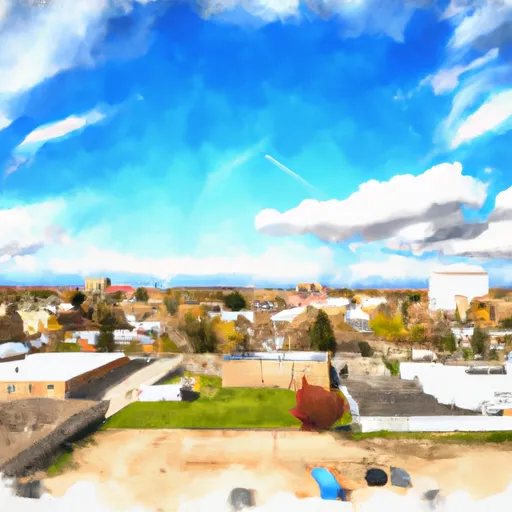°F
°F
mph
Windspeed
%
Humidity











Nampa, Idaho is a vibrant city located in the southwestern part of the state. It experiences a semi-arid climate with hot summers and cold winters. Summers are typically dry with temperatures reaching into the mid-90s°F (mid-30s°C), while winters are cold with temperatures dropping to the mid-30s°F (around 2°C). The region receives an average annual precipitation of around 11 inches (28 cm), with most of it occurring during the winter months.
Nampa is situated near the Boise River, which provides a vital source of water for the city. The river also offers opportunities for outdoor activities such as fishing, boating, and kayaking. The nearby Lake Lowell is another popular spot for water recreation, including swimming, paddleboarding, and bird-watching.
Outdoor enthusiasts can explore the numerous parks and trails in and around Nampa, including the Deer Flat National Wildlife Refuge. This refuge is home to a wide variety of wildlife species and provides excellent opportunities for hiking, bird-watching, and nature photography.
With its diverse landscapes and access to waterways, Nampa, Idaho offers an array of outdoor recreation opportunities for residents and visitors to enjoy.
Weather Forecast
Nampa receives approximately 267mm of rain per year, with humidity levels near 64% and air temperatures averaging around 11°C. Nampa has a plant hardyness factor of 7, meaning plants and agriculture in this region tend to thrive during the non-winter months.
Regional Streamflow Levels
1,310
Cubic Feet Per Second
16,100
Cubic Feet Per Second
2,910
Cubic Feet Per Second
443
Cubic Feet Per Second
Nearby Camping
| Camping Area | Reservations | Toilets | Showers |
|---|---|---|---|
| Swan Falls - Idaho Power | |||
| Celebration County Park |



